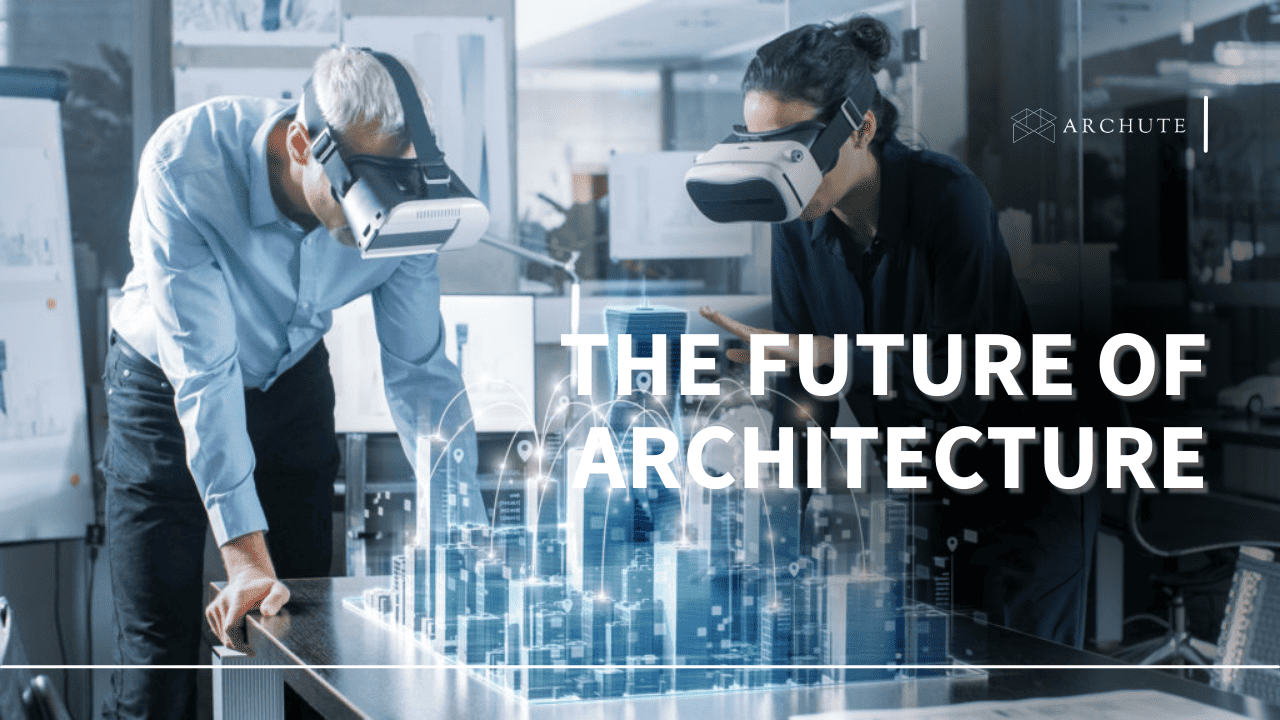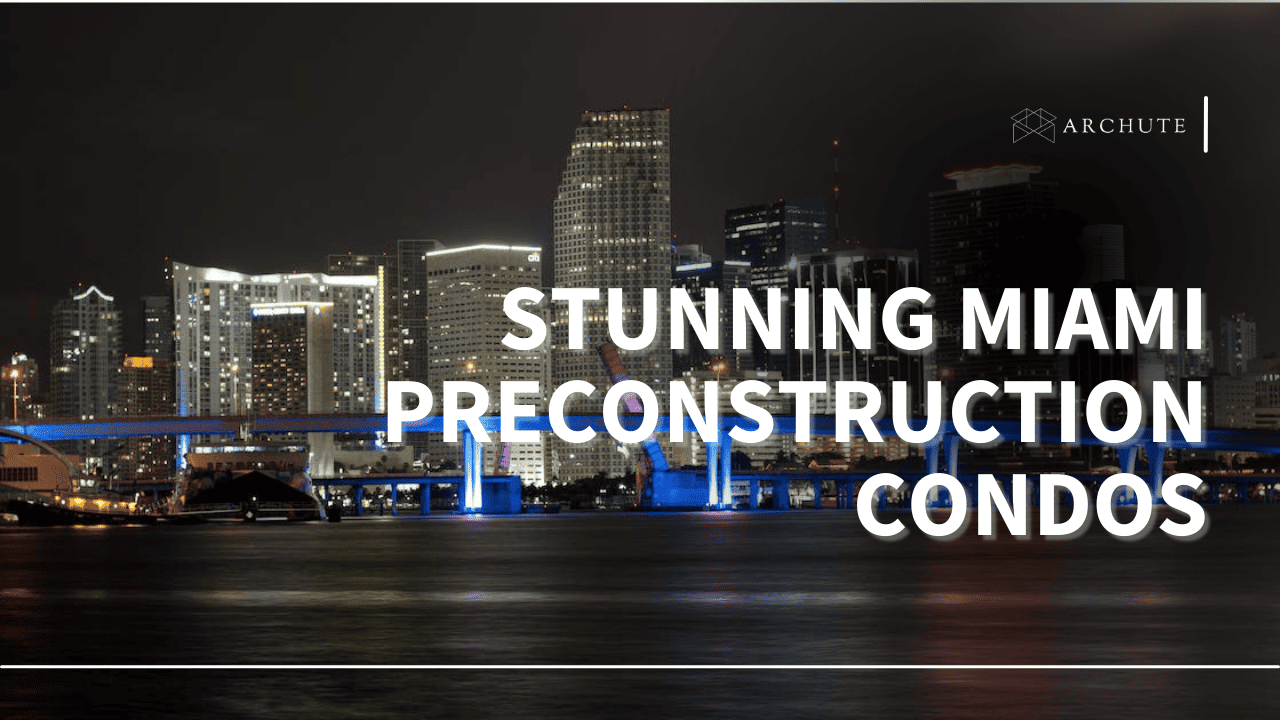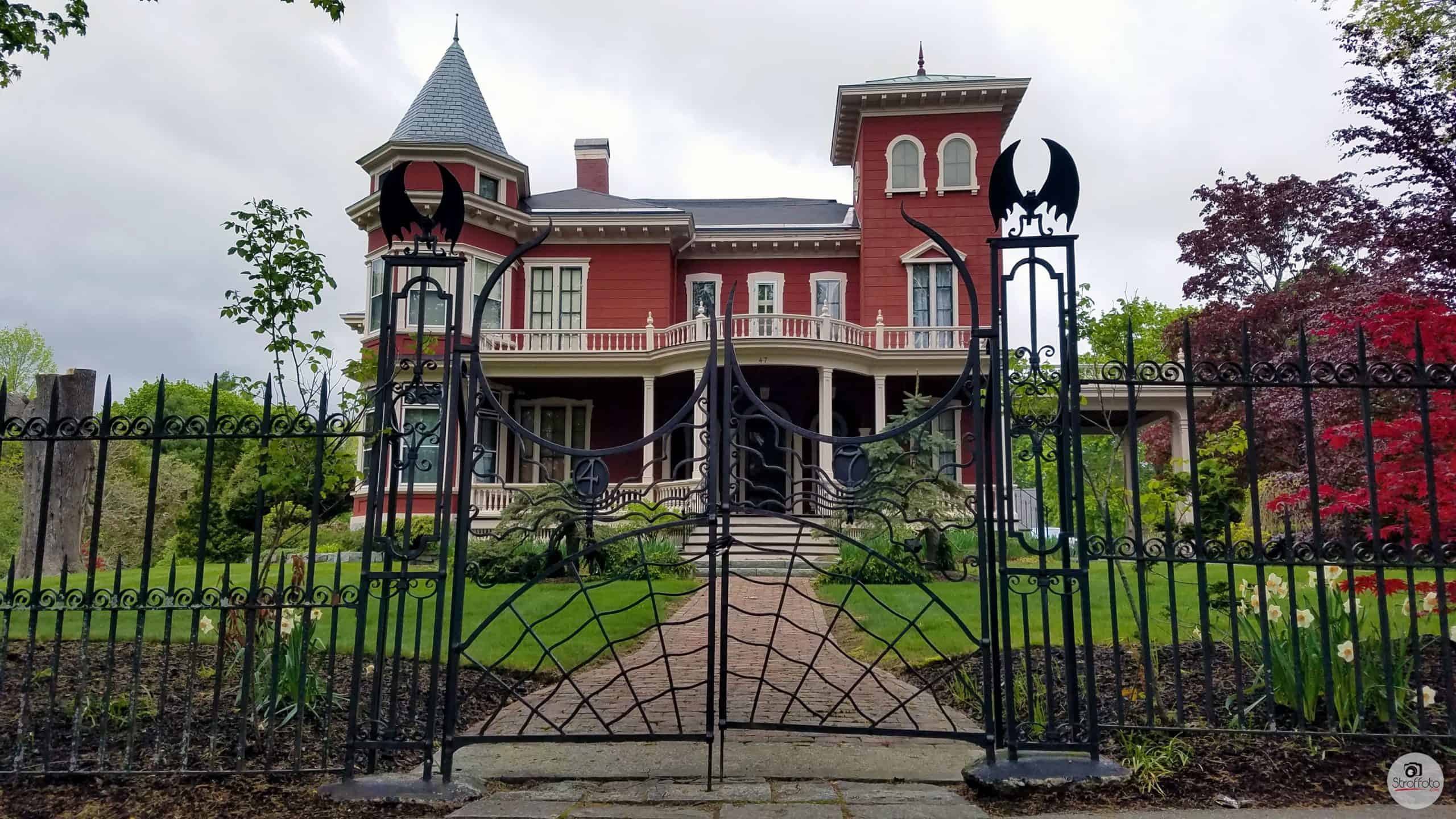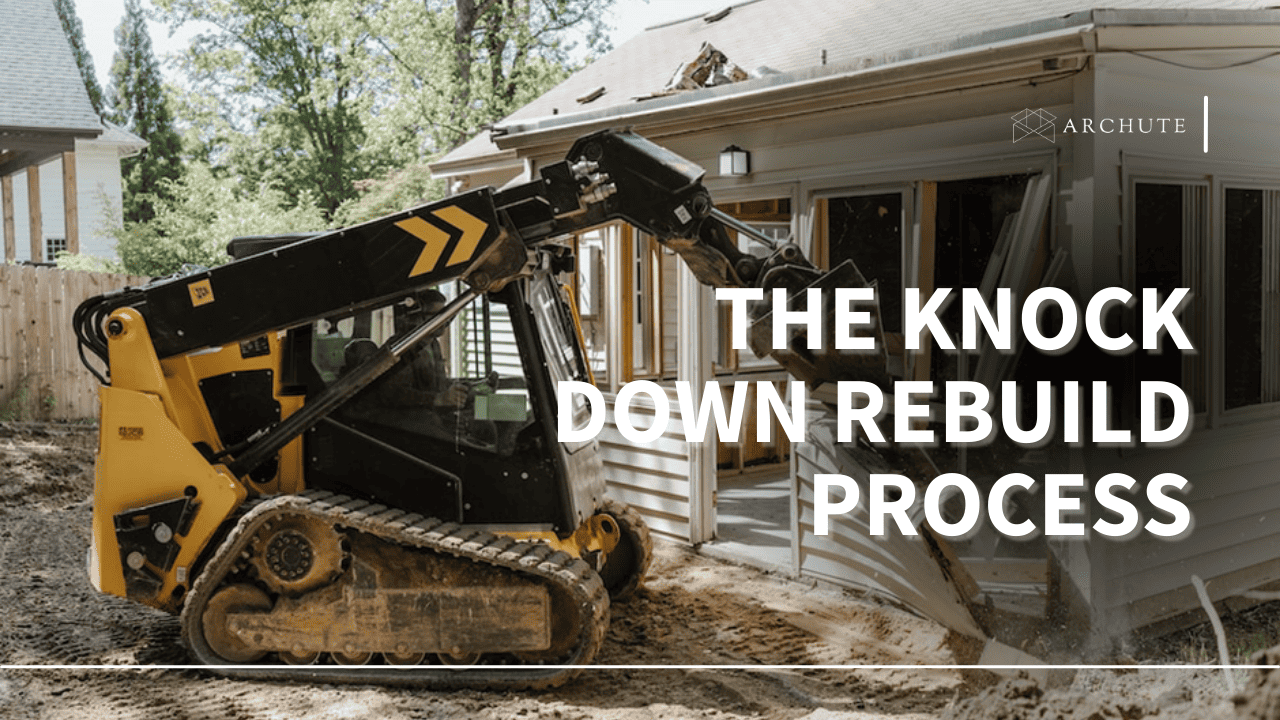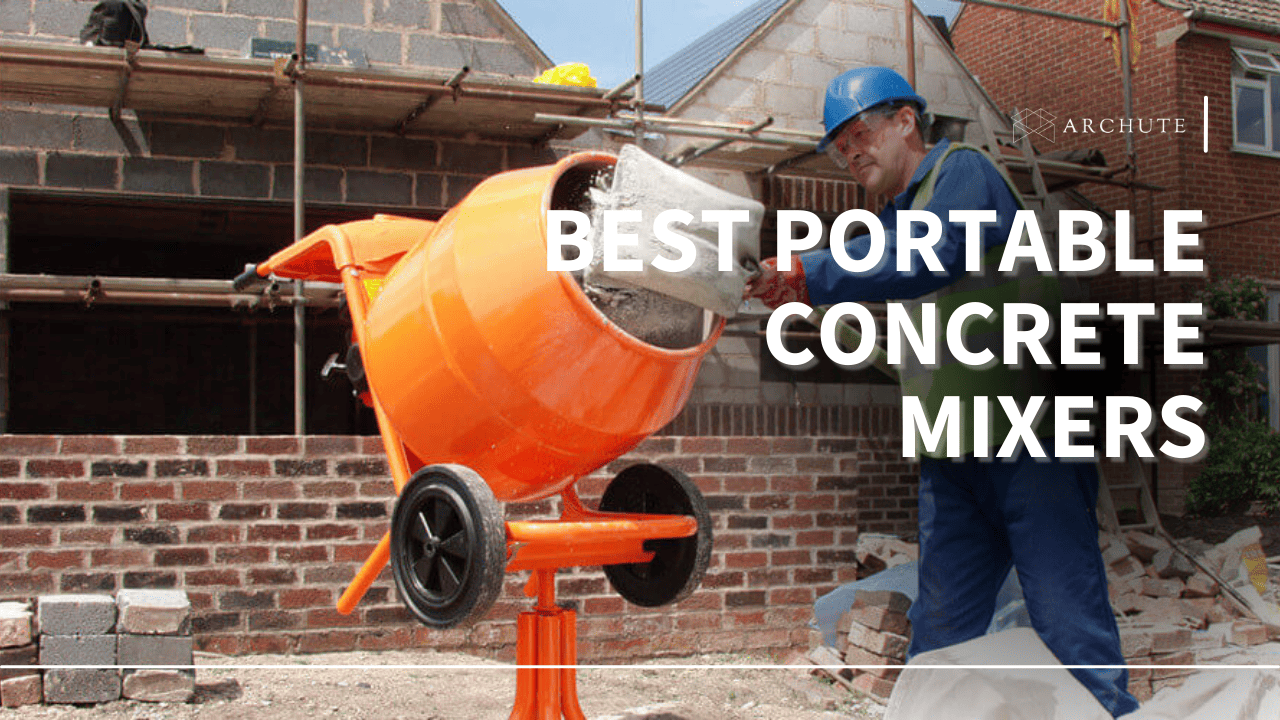As an architecture aficionado with a keen interest in crafting futuristic structures and forms, you are assuredly interested in getting a peek at the prospective face of architecture. Architecture has perpetually mirrored the zeitgeist, from the expansion of ancient societies to the refined and sustainable architecture of the 21st century. As we usher in a new epoch, the field of architecture pledges an ever dynamic and transformative future. Delve into our article as we scrutinize the principal trends and breakthroughs molding the destiny of architecture.
How Architecture Marketplaces are Shaping the Future of Architecture
Architecture, a fascinating discipline that shapes our built environment and influences our daily lives, is currently undergoing a rapid and exciting transformation with the advent of digital marketplaces and AI in Architecture.
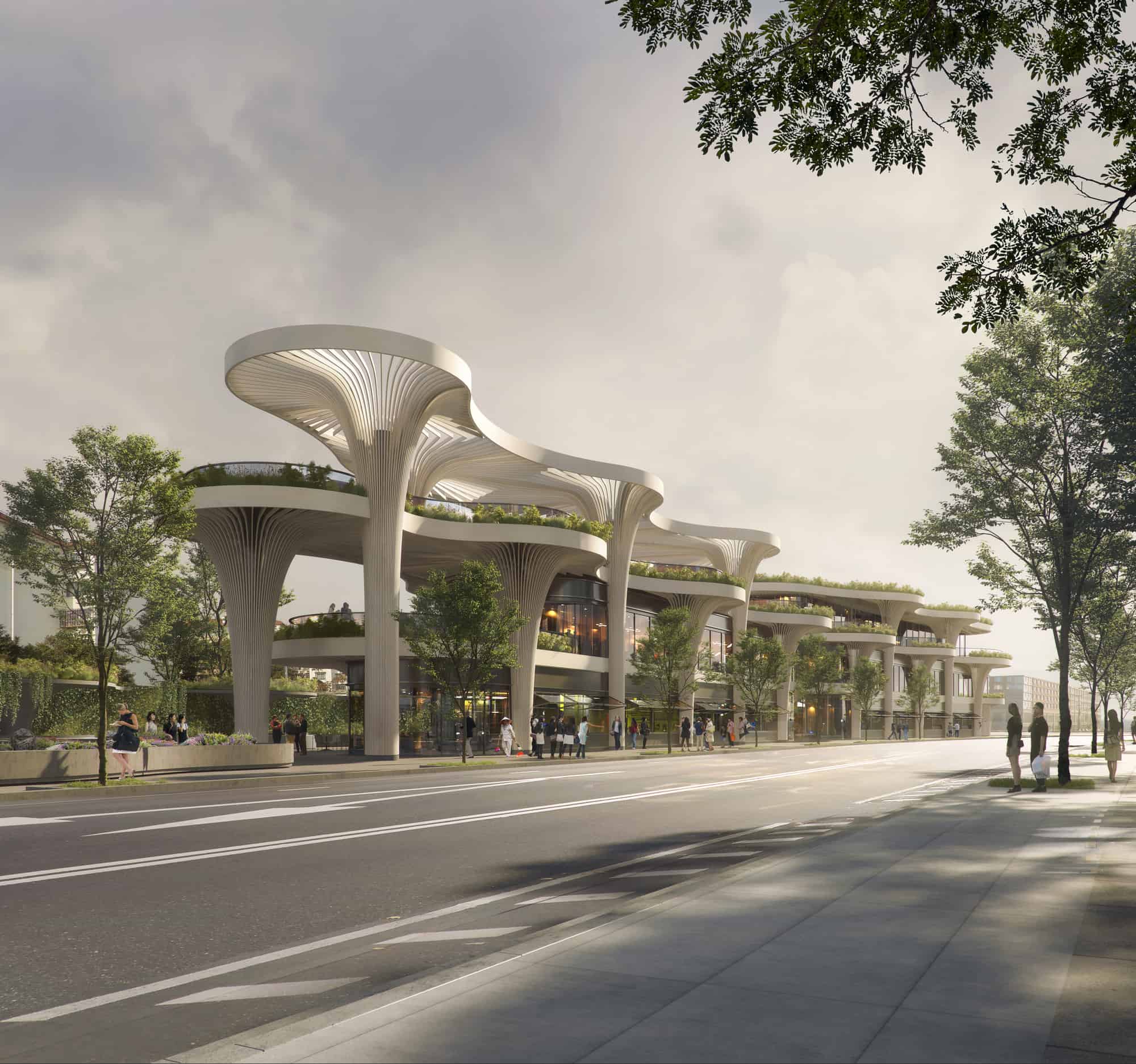
Image Credits: archdaily.com
These innovative platforms are revolutionizing how homeowners and design professionals connect and collaborate, creating a seamless bridge between the two and unlocking a new realm of architectural possibilities. With these newfound ideas, individuals can now easily access a vast pool of talented professionals, explore diverse architectural styles, and bring their dream spaces to life in once unimaginable ways.
This evolving landscape not only enhances the accessibility and convenience of the architectural process but also fosters creativity, collaboration, and innovation on a global scale. The future of architecture is an exhilarating journey where technology and human ingenuity converge to shape our world.
1. The Rise of Architecture Marketplaces
There has been a significant surge in the number of architecture and interior design marketplaces that facilitate helping homeowners find interior designers and architects.
This trend is influenced by the increasing demand for personalized, unique, and highly functional living spaces. Homeowners are actively seeking experts with the expertise and vision to transform their dreams into reality, and these innovative marketplaces serve as a vital bridge to make these connections possible.
By leveraging the power of technology, these platforms are revolutionizing how homeowners and professionals collaborate, ensuring that creating dream homes becomes more seamless, efficient, and enjoyable for all parties involved.
2. Collaboration and Personalization
One key advantage of these architecture marketplaces is the ability to collaborate directly with professionals. This direct collaboration enables a more personal approach, where architects can understand and cater to the homeowner's preferences and lifestyle.
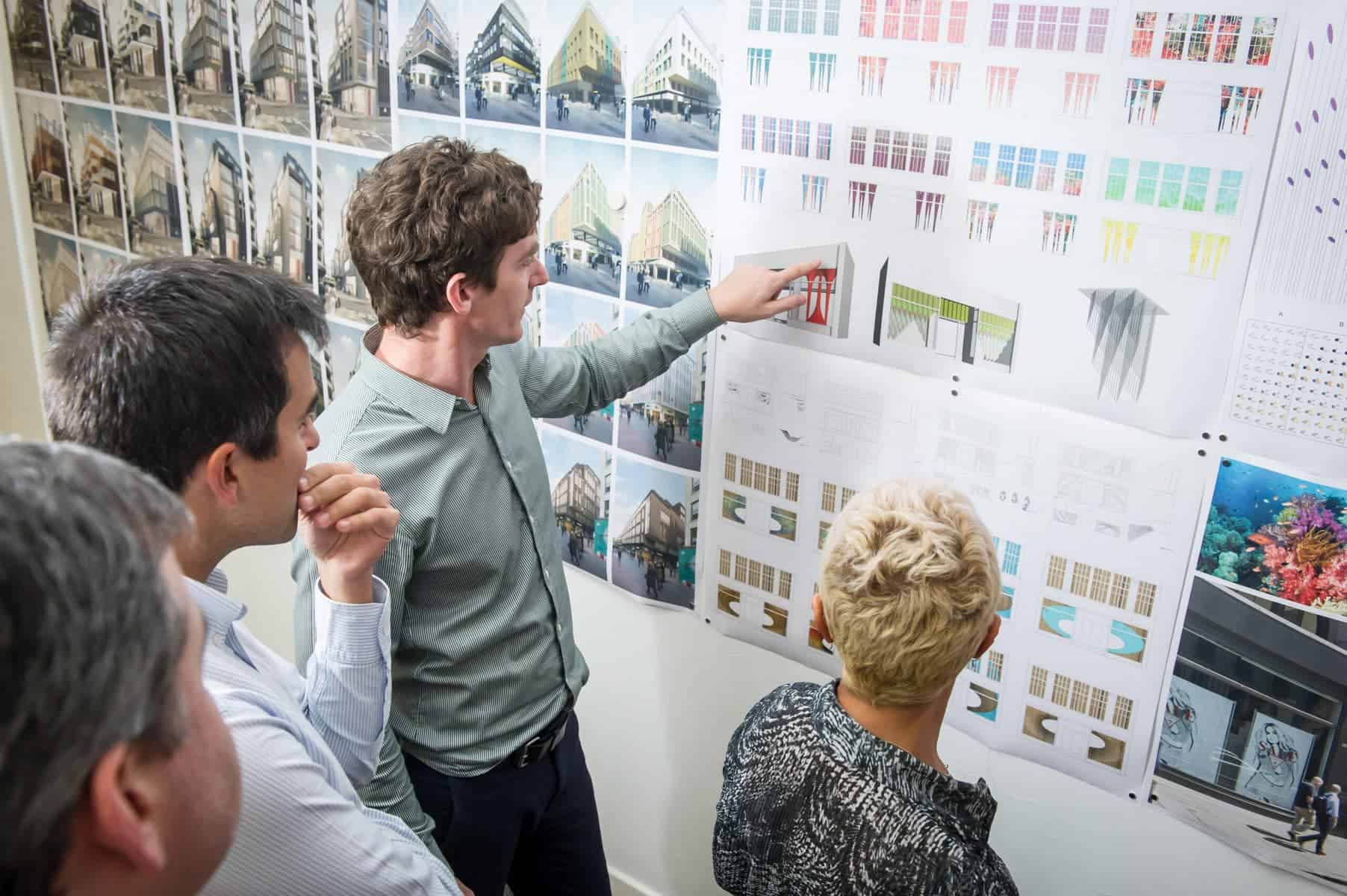
Image Credits: architecuresocial.com
By establishing a direct communication line between the designer and homeowner, misunderstandings are minimized, and the design process is further refined. This collaboration fosters a seamless and tailored experience, resulting in designs that reflect the homeowner's vision and aspirations.
3. Sustainable and Smart Design
In recent years, demand for sustainability and smart design has been a noticeable surge in demand. Homeowners are increasingly conscious of their decisions' environmental impact and actively seek eco-friendly design solutions that align with their values. Additionally, the rapid rise of artificial intelligence in smart home technology has transformed how we live and influenced our design choices.
As a result, architecture marketplaces have emerged as significant players in promoting these trends, connecting consumers with architects and designers who specialize in creating sustainable and smart living spaces. Together, these developments are reshaping the architectural landscape and paving the way for more environmentally conscious and technological advances.
4. Economic Impact and Accessibility
The emergence and growth of architecture marketplaces have had significant economic implications. In the past, hiring an architect was a luxury reserved for the affluent. However, these marketplaces have revolutionized the architectural industry by making architectural services more accessible to a wider demographic.
Moreover, they have provided independent architects and designers a platform to showcase their talent. The economic benefits extend beyond architecture, impacting related industries such as construction and interior design, thus contributing to economic growth.
Regarding accessibility, these marketplaces have eliminated geographical barriers, enabling homeowners to connect with professionals worldwide. This expanded horizon offers homeowners diverse styles and designs, opening up architectural possibilities.
Overall, the inception and growth of architecture marketplaces have transformed how architectural services are accessed, fostered economic growth, and expanded creative opportunities for homeowners.
What will The Future of Architecture Look Like?
1. Dynamic Buildings
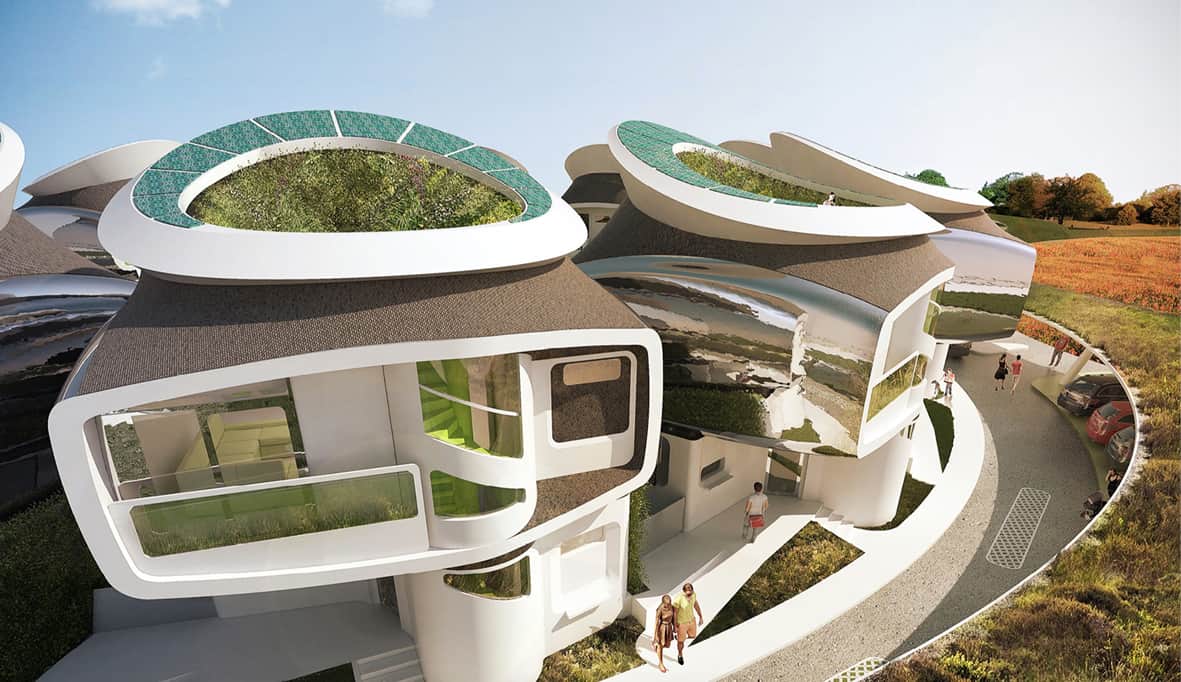
Image Credits: futurearchitectureplatform.org
Imagine walking through a smart city where buildings aren't just static structures but living entities that respond to the world around them. These structures could change shape, adjust lighting, and even modify their interior layouts based on the needs of occupants and environmental conditions. This dynamic architecture would create a sense of harmony between human activity and the built environment.
2. Advanced Building Materials
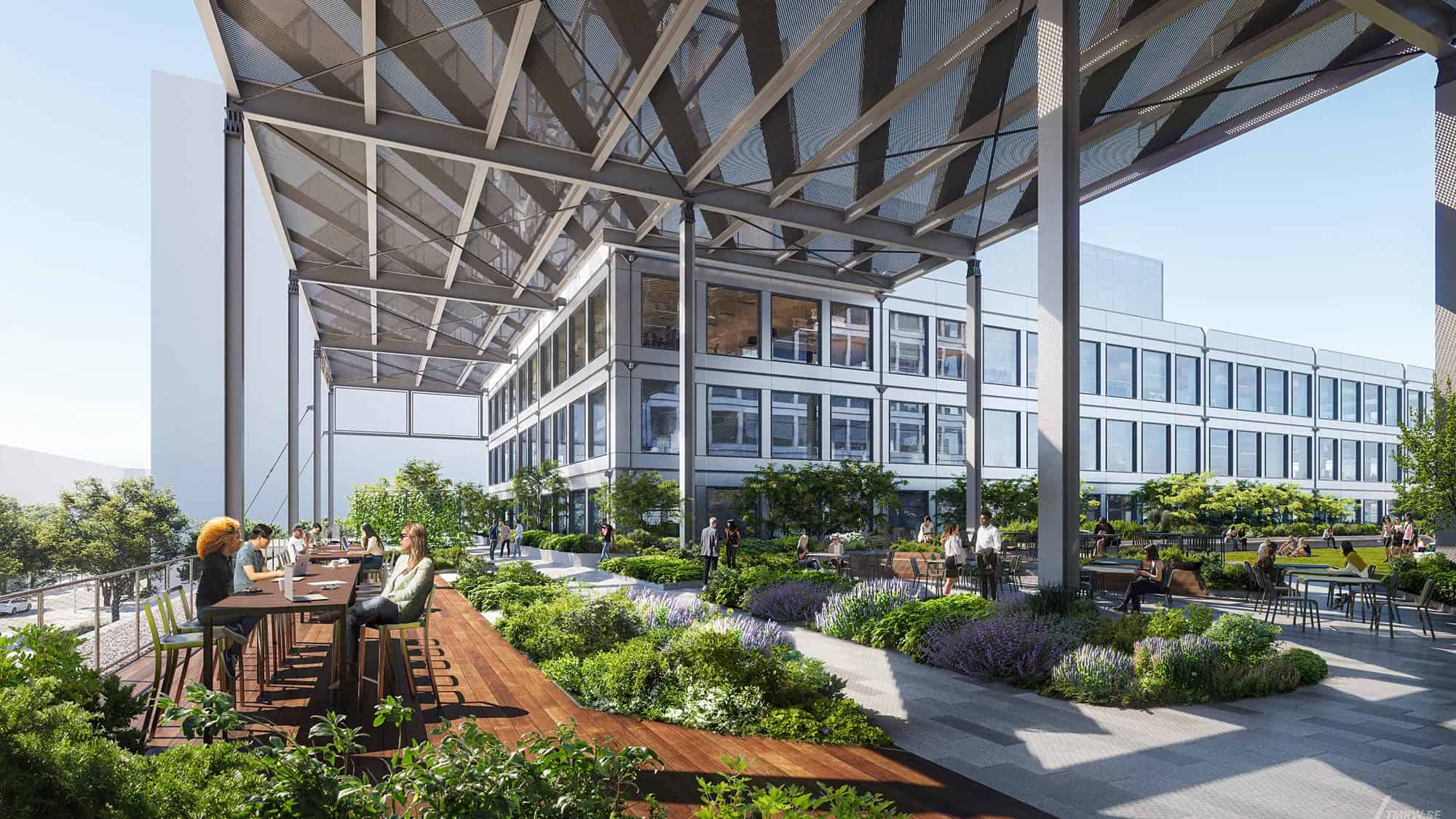
Image Credits: gensler.com
The future of architecture will be marked by the use of cutting-edge materials that redefine what's possible. These materials create structural resilience since they are strong yet lightweight, allowing architects to design gravity-defying structures with sweeping curves and open spaces. Imagine a building that seems to float effortlessly, challenging our conventional notions of form and function.
3. Integrated Technology
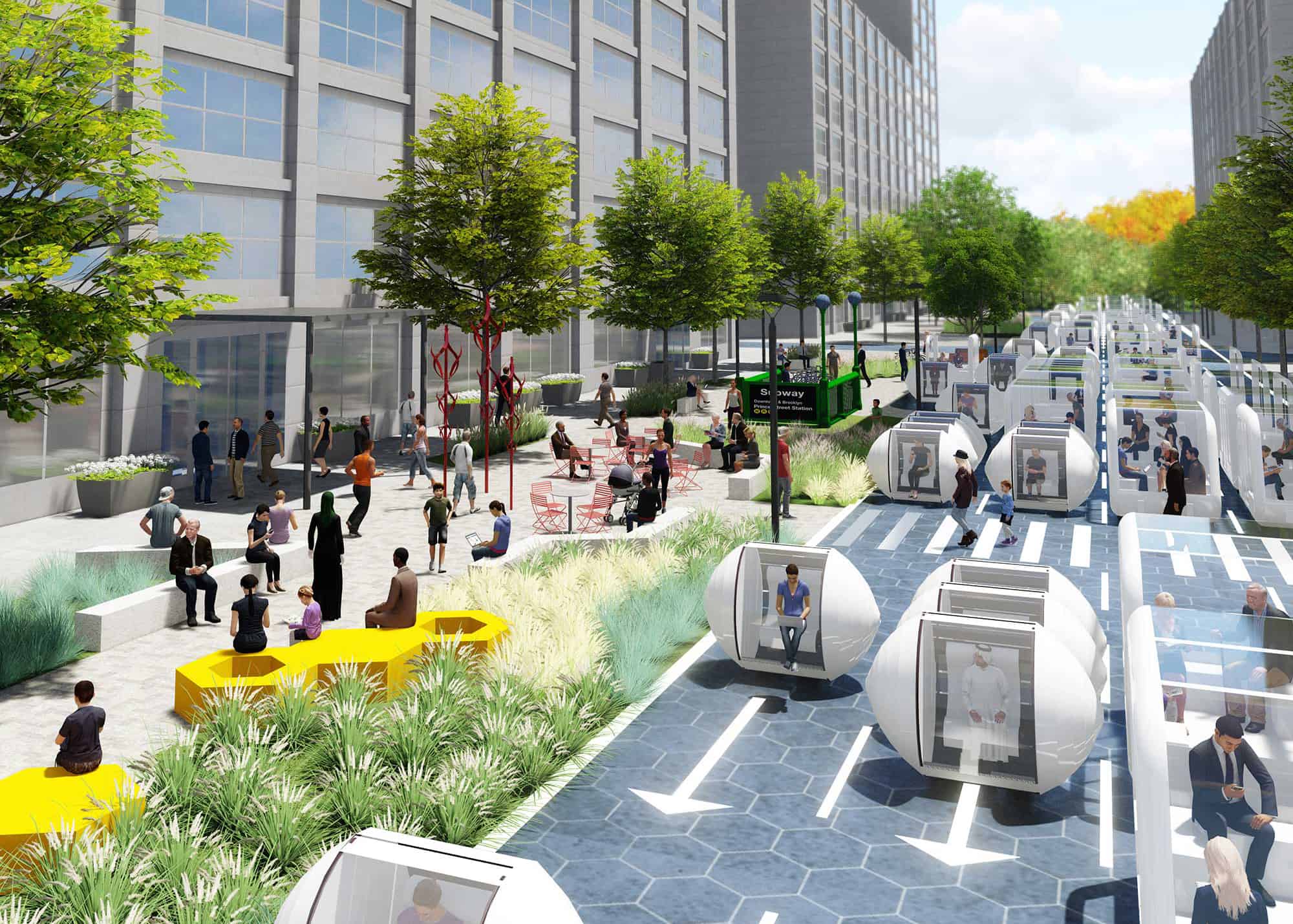
Image Credits: ibigroup.com
The integration of technology into architecture will be seamless and intuitive. Buildings will have smart systems that monitor and respond to real-time data. Imagine windows that automatically adjust their tint to optimize natural light while minimizing heat or walls that can be reconfigured at a touch to accommodate changing needs.
4. Sustainability Focus
The architecture of the future will prioritize sustainability like never before. Buildings will be designed to minimize environmental impact, with concepts like energy efficiency becoming more common. This means buildings will generate power through solar panels, wind turbines, and innovative energy-capturing systems. Additionally, green roofs and vertical gardens will add beauty to urban development and contribute to improved air quality and biodiversity.
5. Holistic Urban Planning
The urban landscape of the future will focus on creating communities that enhance well-being and foster connectivity. Picture neighborhoods designed for pedestrians, with efficient public transportation systems reducing the need for cars. Mixed-use developments will blend residential, commercial, and recreational spaces, making daily life more convenient and fostering a stronger sense of community.
6. Cultural Fusion
Architecture will be a canvas for cultural diversity. Future designs will blend traditional design elements worldwide with modern innovation. This fusion will result in buildings that tell stories, reflecting the rich tapestry of our interconnected global society.
7. Collaborative Architects
Architects will be at the forefront of multidisciplinary collaboration. They'll work closely with experts from various fields, such as technology, sustainability, and sociology. This collaborative approach will result in designs that are not only visually striking but also functional, adaptable, and socially responsible.
8. Multidisciplinary Visionaries
Architects will evolve beyond traditional roles, becoming visionary thinkers who consider aesthetics, technology, sustainability, and social impact. This broader perspective will ensure that architecture addresses complex challenges while enhancing the human experience.
9. Immersive Technology
The design process itself will become more interactive and engaging. Virtual and augmented reality will enable clients and communities to enter the architect's vision, experiencing the physical space before it's even built. This immersive approach will foster greater understanding and collaboration during the design phase.
10. Harmonious, Interconnected Spaces
Ultimately, the future of architecture is about creating spaces that resonate with our interconnected world. Buildings will be functional and visually striking and contribute to a more harmonious and sustainable coexistence between humans and the environment.
The Emerging Trends of The Future Of Architecture With Real Examples
The emerging trends of the future architecture indicate that the future of architecture is not just about aesthetics; it's about creating spaces that align with our values, adapt to our needs, and contribute positively to the planet and the people who inhabit it. It's an exciting journey towards a more sustainable, inclusive, and innovative built environment. Examples of emerging trends of the future architecture seen in our current world include:
1. Sustainable Design Integration
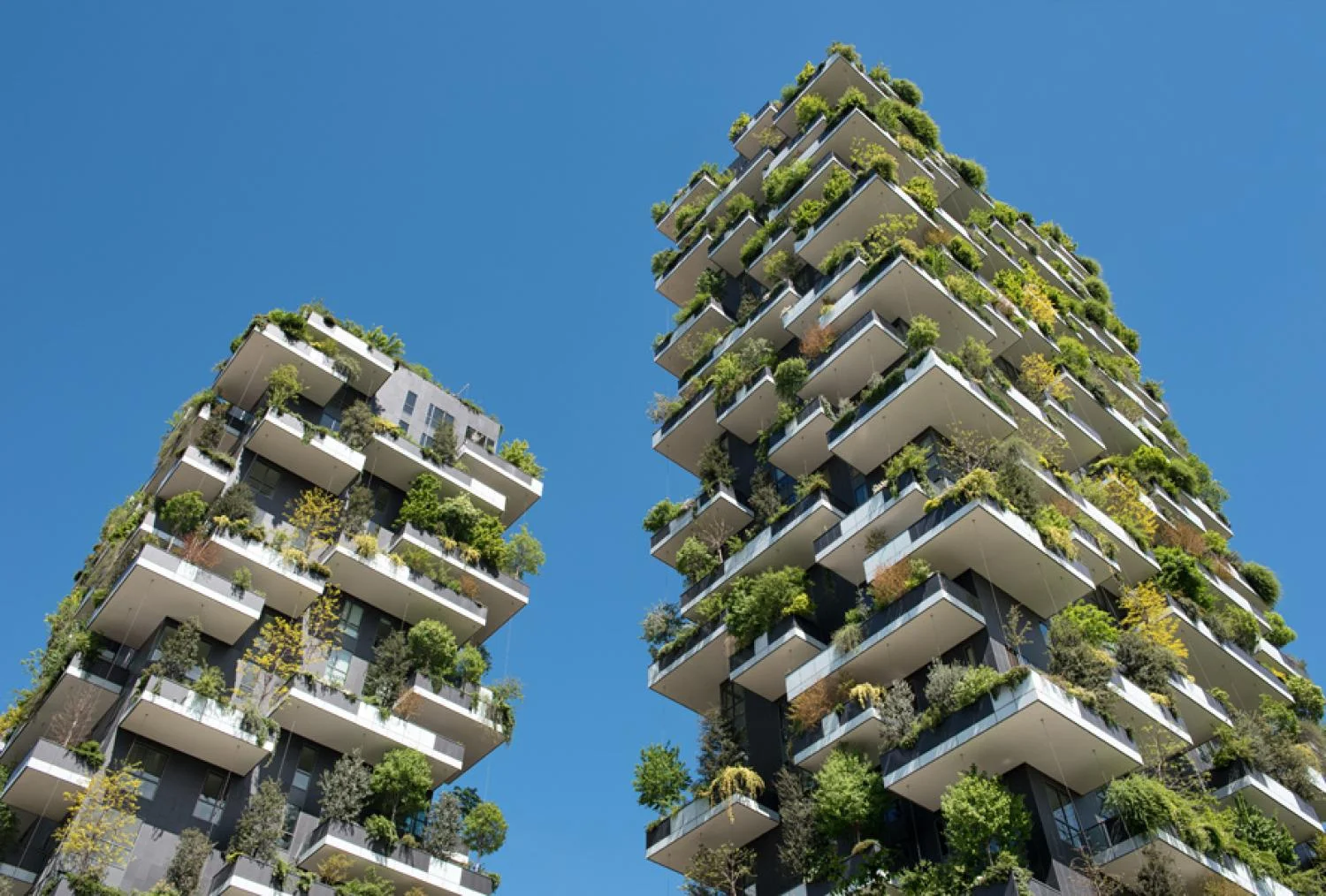
Image Credits: colorado.edu
With environmental concerns at the forefront, architects are weaving sustainability into their designs. For instance, the Bullitt Center in Seattle is not just another office building; it's a living testament to sustainability. The Bullitt Center is a pioneering example of a building that generates energy and minimizes its ecological footprint with its rooftop solar panels, rainwater collection system, and composting toilets.
2. Smart and Responsive Spaces
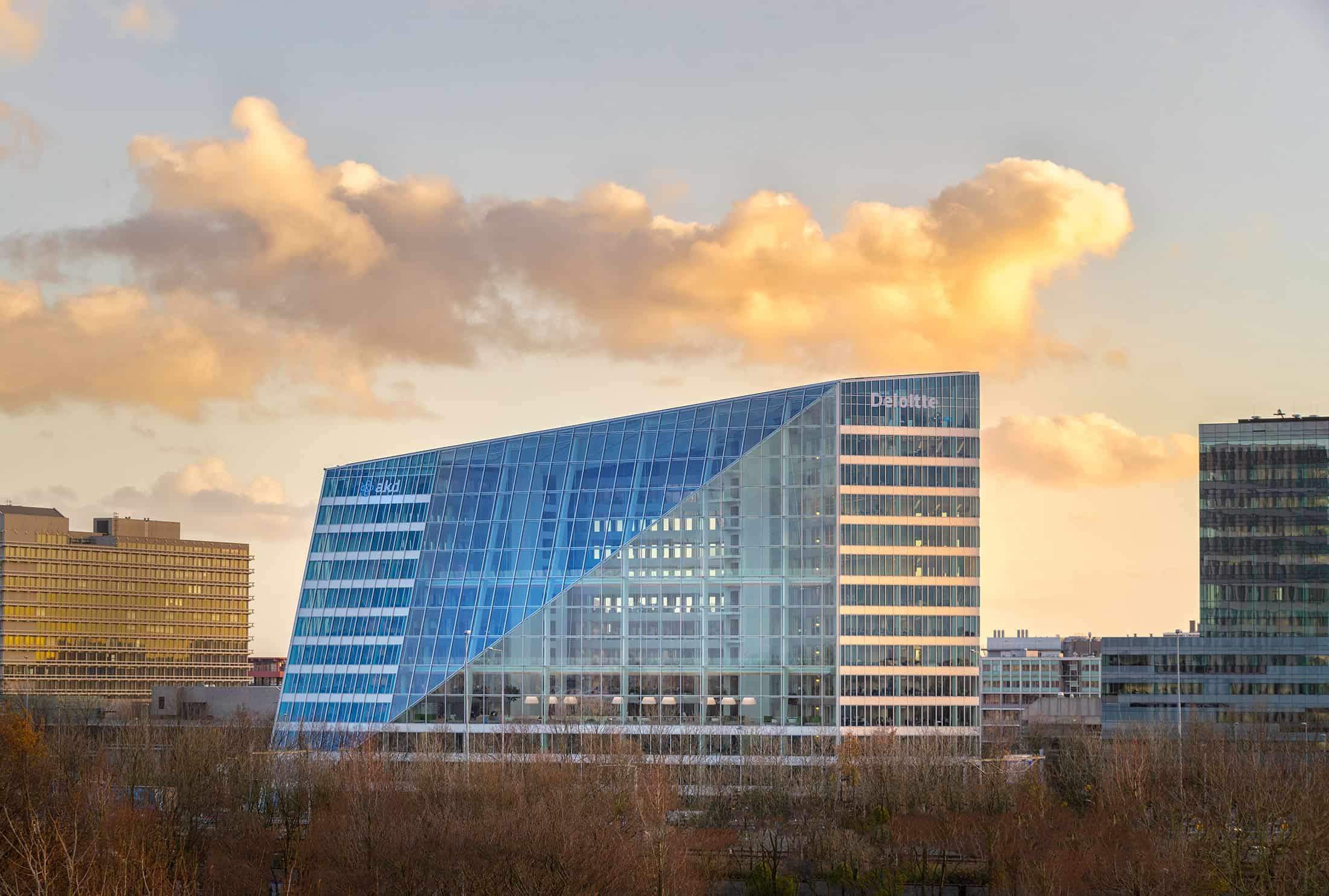
Image Credits: bloomberg.com
Technology is reshaping how we experience buildings. The Edge in Amsterdam sets a remarkable precedent. This smart office building employs an array of sensors that monitor everything from lighting to temperature to occupancy. This data is used to optimize energy usage and create a comfortable workspace. Employees can even personalize their environment through an app, fostering a sense of control and well-being.
3. Adaptive Reuse and Retrofitting
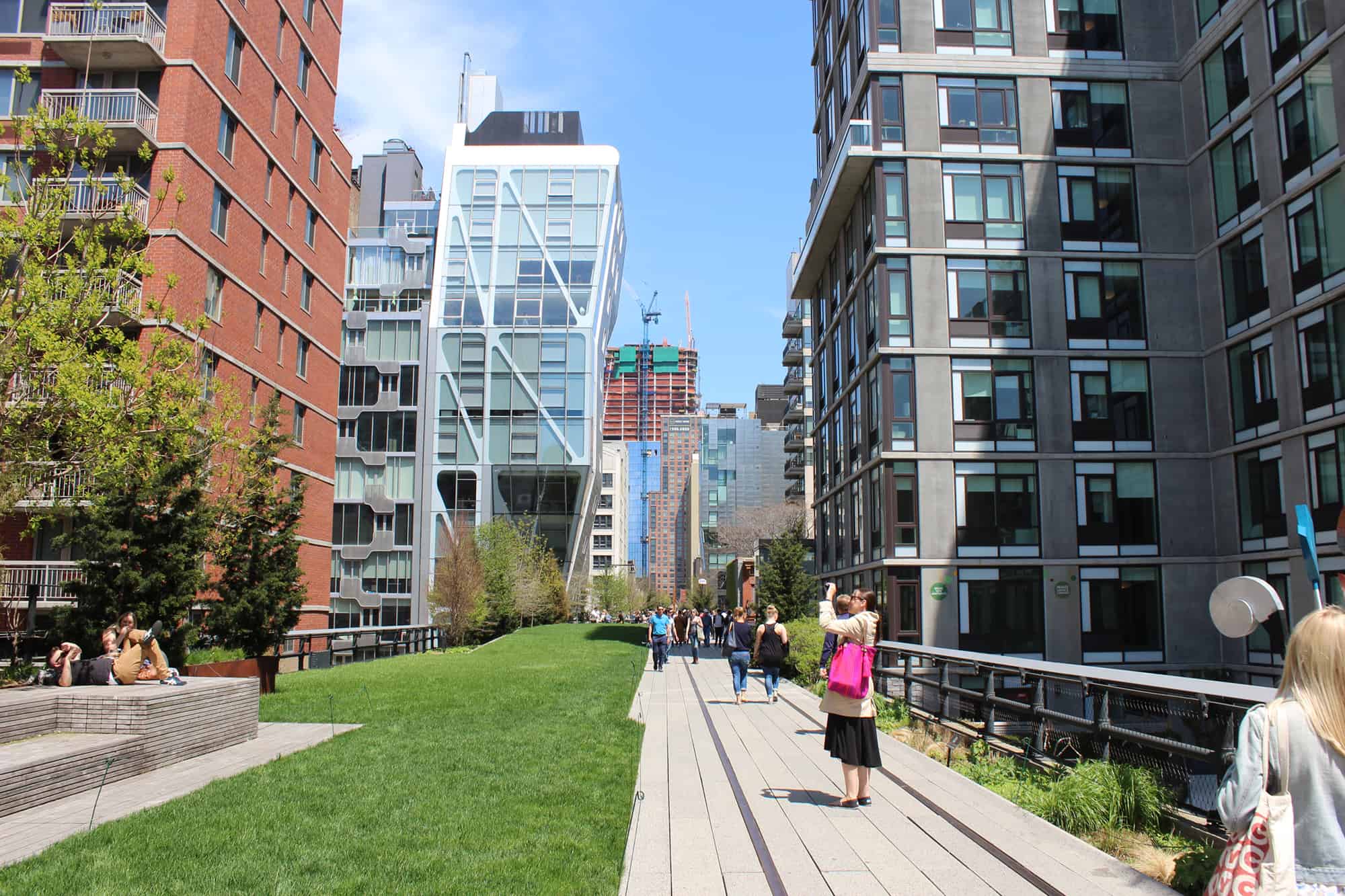
Image Credit: architectmagazine.com
As cities grow, architects are looking to repurpose existing buildings creatively. The High Line in New York City is a testament to adaptive reuse. Once an abandoned elevated rail line, it's a verdant oasis that seamlessly blends urban design with nature. This transformation preserves a piece of history and offers a unique communal space for residents and visitors.
4. Biophilic Design
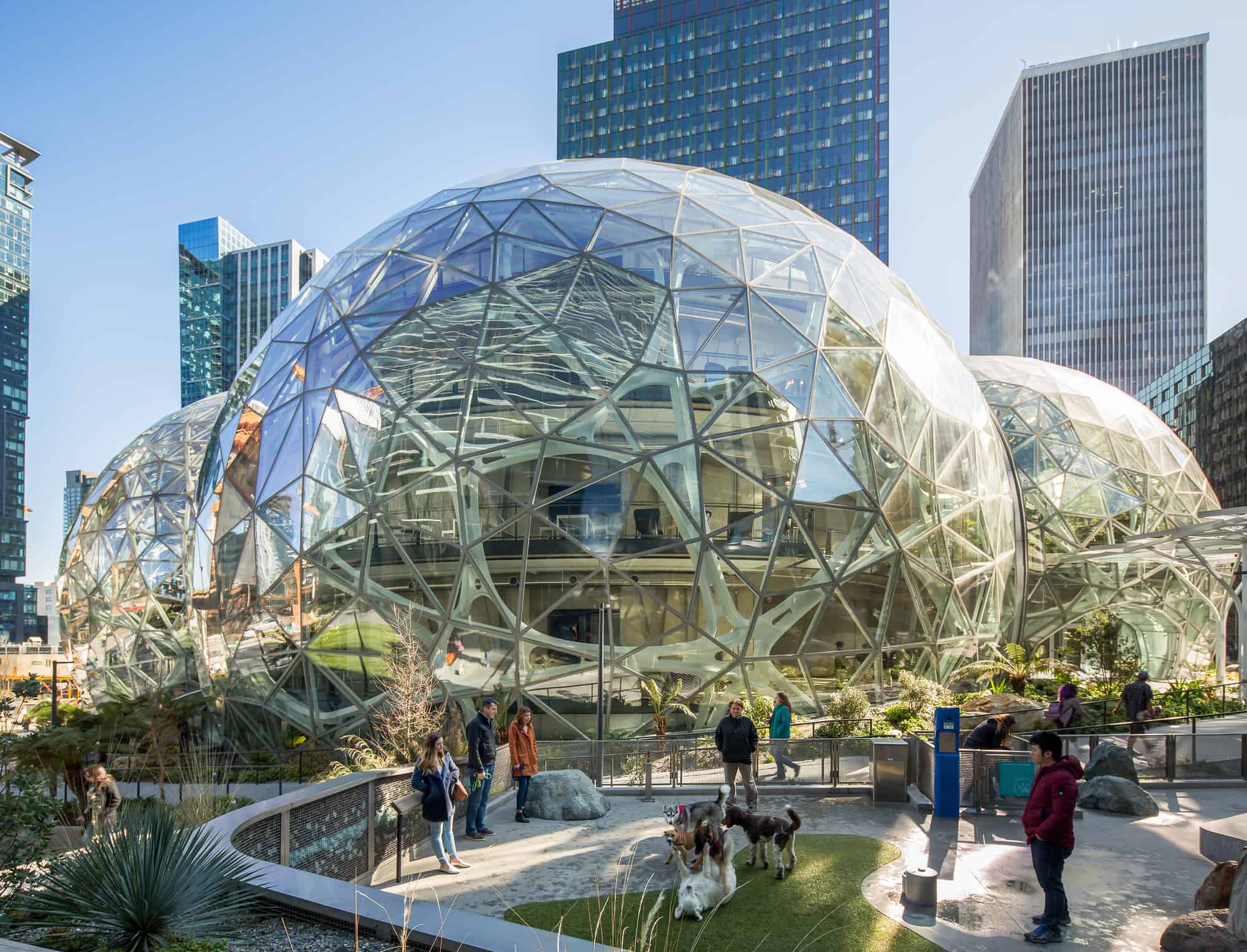
Image Credits: archdaily.com
Our innate connection to nature is influencing architecture. The Amazon Spheres in Seattle exemplify this trend. These spherical structures are more than just Amazon's headquarters; they're living ecosystems. Filled with diverse plant life, they create an indoor rainforest that employees can explore, fostering a connection to nature even in an urban setting.
5. Modularity and Flexibility
How we use spaces is evolving, and architects respond with adaptable designs. The WeGrow School in New York City embodies this trend. Its flexible classrooms can be reconfigured to suit various teaching styles and group sizes. This adaptability empowers educators to create dynamic learning environments that cater to students' evolving needs.
6. 3D Printing and Advanced Materials
Technological advancements are revolutionizing construction methods. The Dubai Future Foundation's Office in Dubai is a prime example of 3D printing's potential. Using 3D-printed concrete allowed for intricate detailing that would have been challenging with traditional construction techniques. This not only accelerated construction but also showcased the creative possibilities of this technology.
7. Urban Planning for People
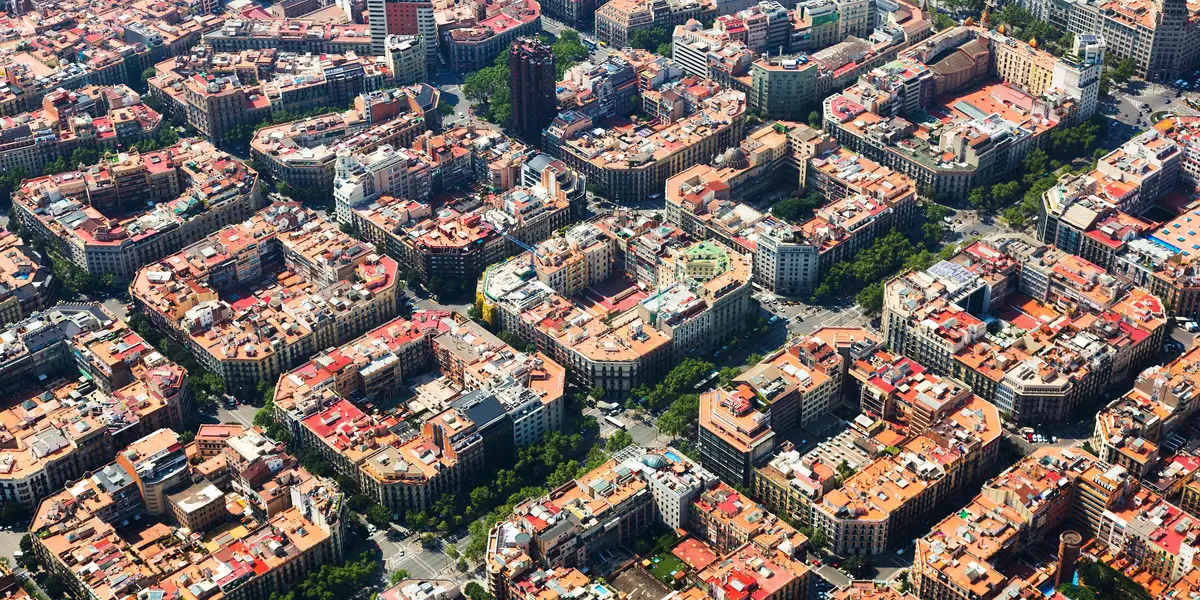
Image Credits: businessinsider.com
People-centered urban planning is gaining traction. Barcelona's "Superblocks" initiative is a compelling illustration. By transforming clusters of streets into car-free zones with green spaces, the city is reclaiming public areas for pedestrians and fostering a sense of community. This approach prioritizes residents' well-being and challenges cars' dominance in urban spaces.
8. Cultural Identity and Diversity
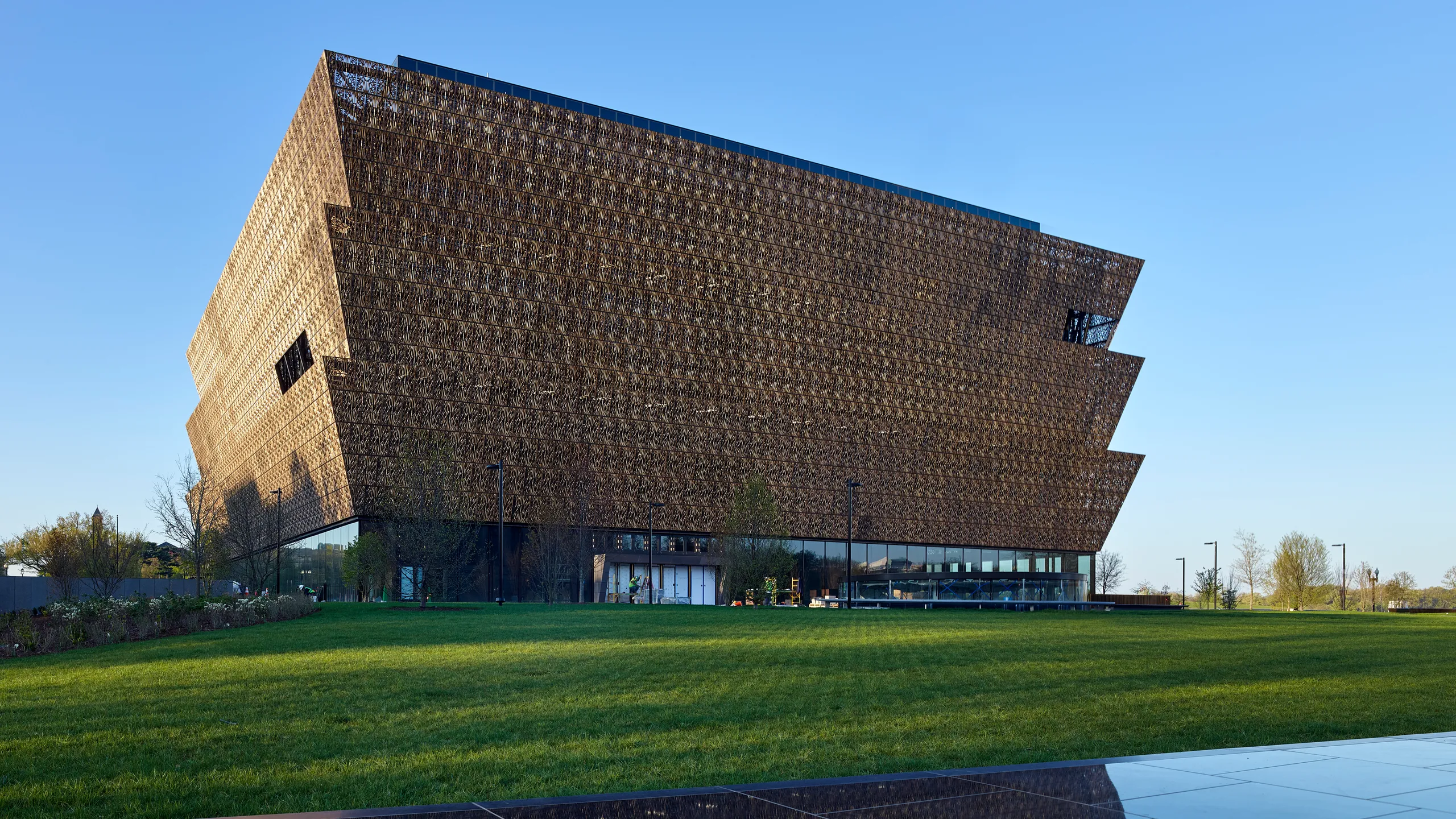
Image Credits: cntraveler.com
Architecture is becoming a canvas for cultural expression. The National Museum of African American History and Culture in Washington, D.C., embodies cultural identity. The design, inspired by Yoruban art and ironwork crafted by enslaved African Americans, not only honors history but also sparks conversations about the African-American experience.
9. Resilient and Disaster-Resistant Design
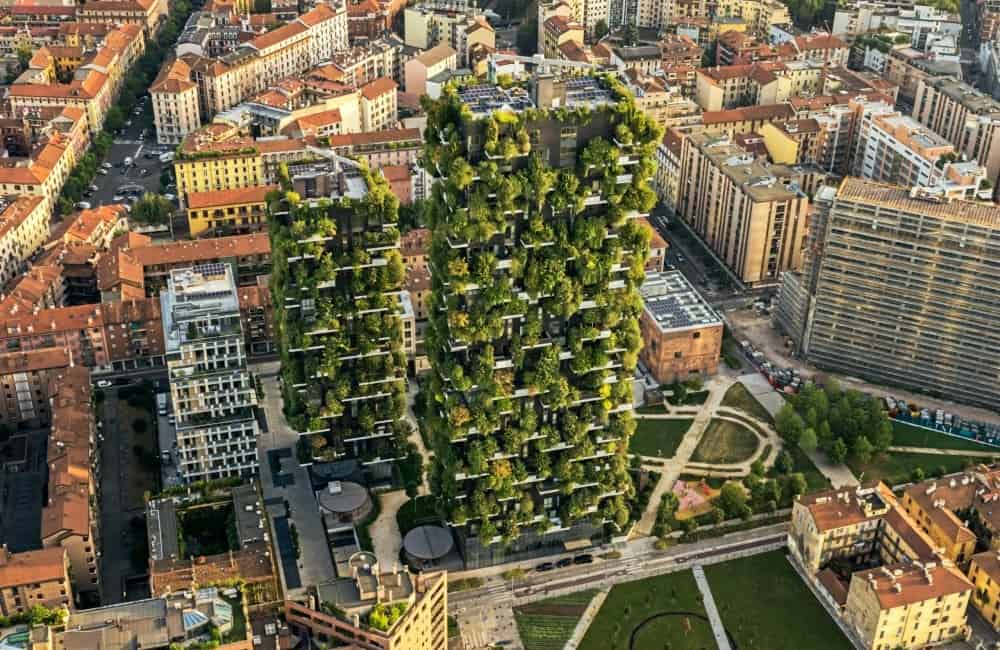
Image Credits: hausvoneden.com
Architects are addressing the growing challenges of climate change through resilient design. The Bosco Verticale in Milan is a remarkable example. These vertical cities not only bring nature into the city but also serve as a response to urban heat island effects. The plants on the façade contribute to natural cooling, insulation, and improved air quality.
10. Virtual Reality in the Design Process
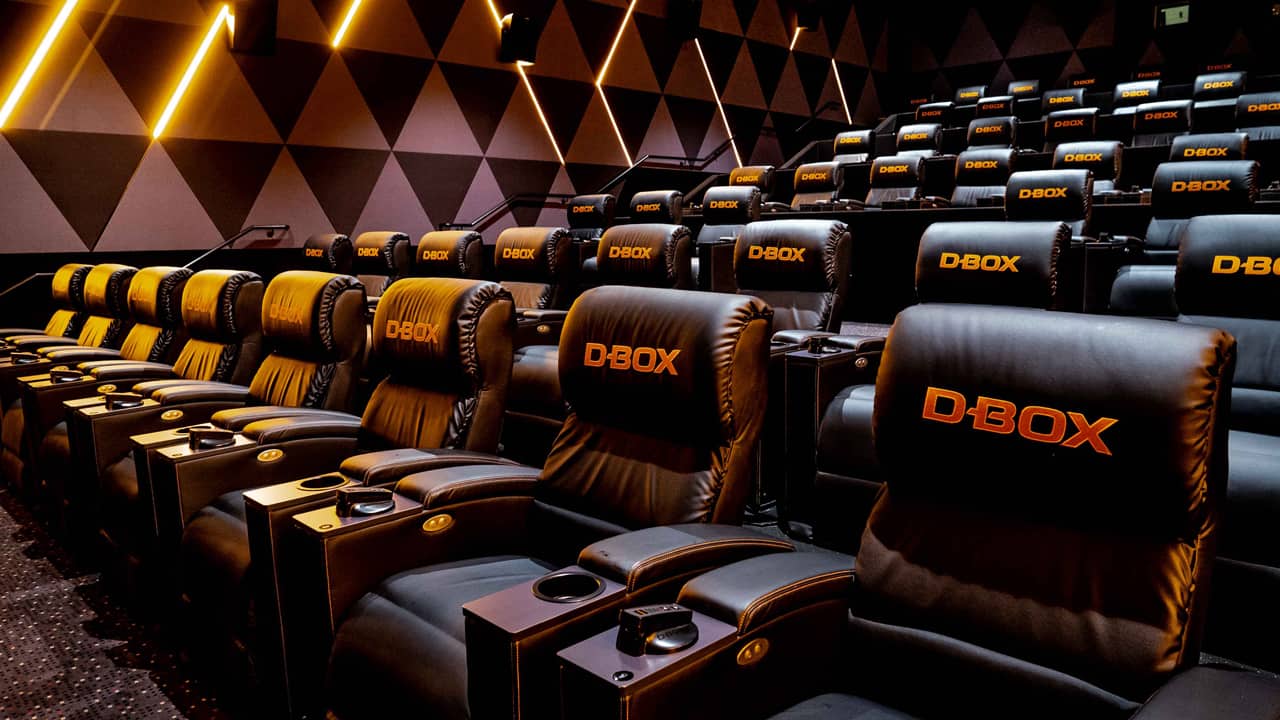
Image Credits; themarketherald.ca
Virtual reality is changing how architects and clients visualize designs. Dbox, a visualization studio, is leveraging VR to offer clients immersive walkthroughs of unbuilt spaces. Such technology bridges the gap between imagination and reality, allowing stakeholders to understand and refine designs before construction begins.
Frequently Asked Questions On ” The Future of Architecture”
1. Where will architecture be in 10 years?
Architecture will transcend its traditional boundaries in a decade, embracing innovation, sustainability, and technology. Buildings will seamlessly blend with the environment, responding to occupants' needs in real-time. Sustainability will be integral, with energy-efficient structures and eco-friendly materials. Urban spaces will prioritize community well-being, while advanced materials and 3D printing will redefine design possibilities.
Cultural diversity will flourish, merging heritage with futuristic aesthetics. Virtual reality will revolutionize design processes, offering immersive previews. Ultimately, architecture in 10 years will reflect a harmonious fusion of creativity, sustainability, and human-centered technology, shaping a more connected and resilient world.
2. What will architecture be like in 2050?
In 2050, buildings will be a mix of nature and technology. They'll change according to the weather and how much energy is needed. Solar panels and gardens on walls will be common, making smart cities greener. Cities will have more places for people to enjoy together, and some areas won't allow cars. Special machines will make very detailed and efficient buildings.
People from different cultures will work together to create new looks for buildings. Also, we'll use virtual reality to plan and see buildings before they're built. In 2050, buildings will be eco-friendly, high-tech, and fit well with the natural world.
3. Is an architect a good future career?
Yes, architecture is a promising future career choice. Architects design functional and aesthetically pleasing spaces for people to live, work, and enjoy. With the growing emphasis on sustainable and innovative design, architects will have the chance to shape a more eco-friendly and technologically advanced world.
However, it requires dedication, creativity, and continuous learning. As urbanization and the construction industry advance, architects will likely find diverse opportunities to design sustainable communities, smart buildings, and culturally meaningful structures. If you're passionate about creativity, problem-solving abilities, and positively impacting the built environment, architecture could be a rewarding career.
Conclusion on The Future of Architecture
The future of architecture holds exciting possibilities that will shape the way we live and interact with our surroundings. From sustainable and eco-friendly designs to smart and technologically advanced buildings, architects are at the forefront of creating a better, more resilient, and inclusive world. As we face climate change and urbanization challenges, architecture will be crucial in finding innovative solutions that enhance our quality of life while preserving our planet.

